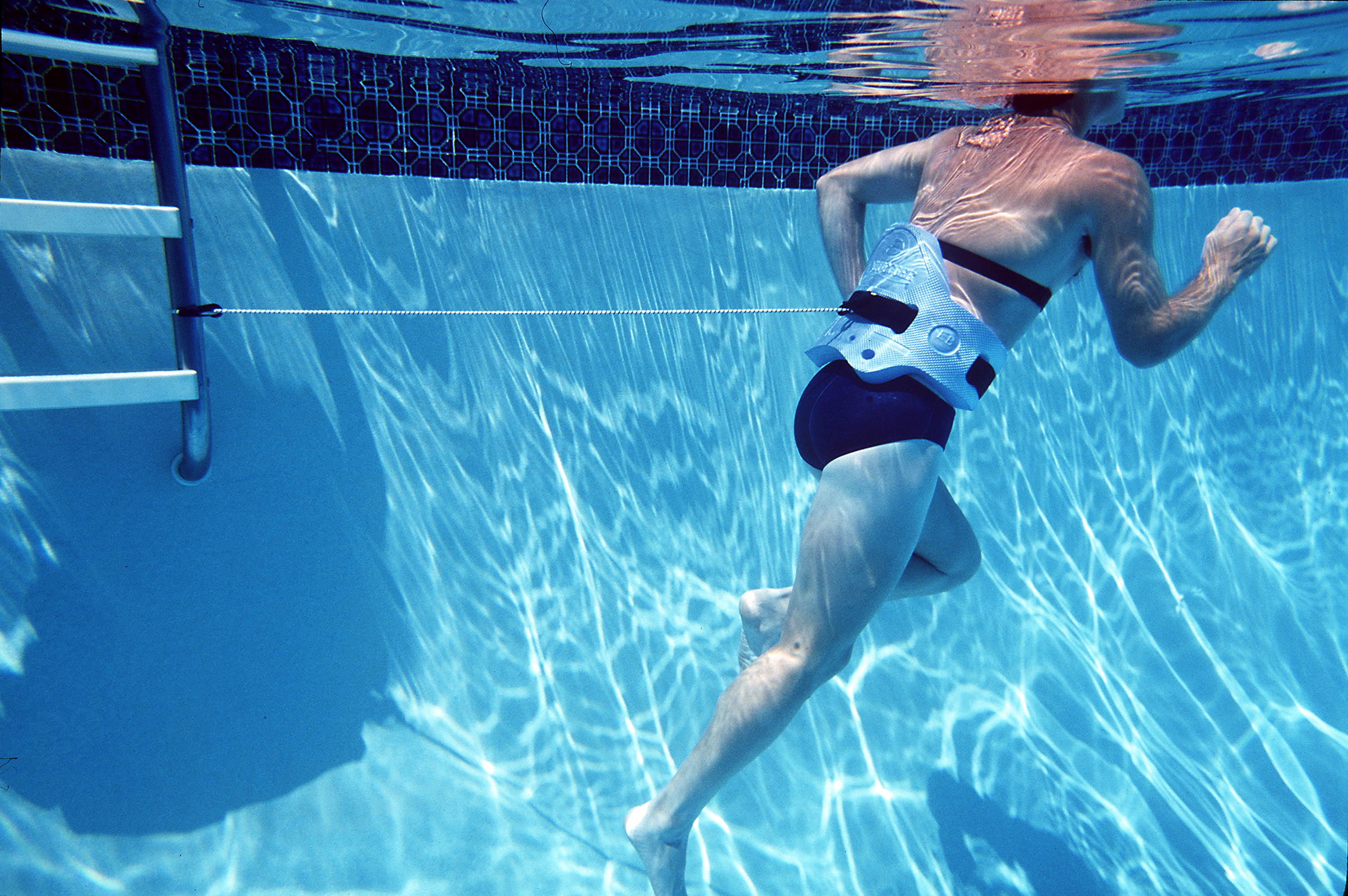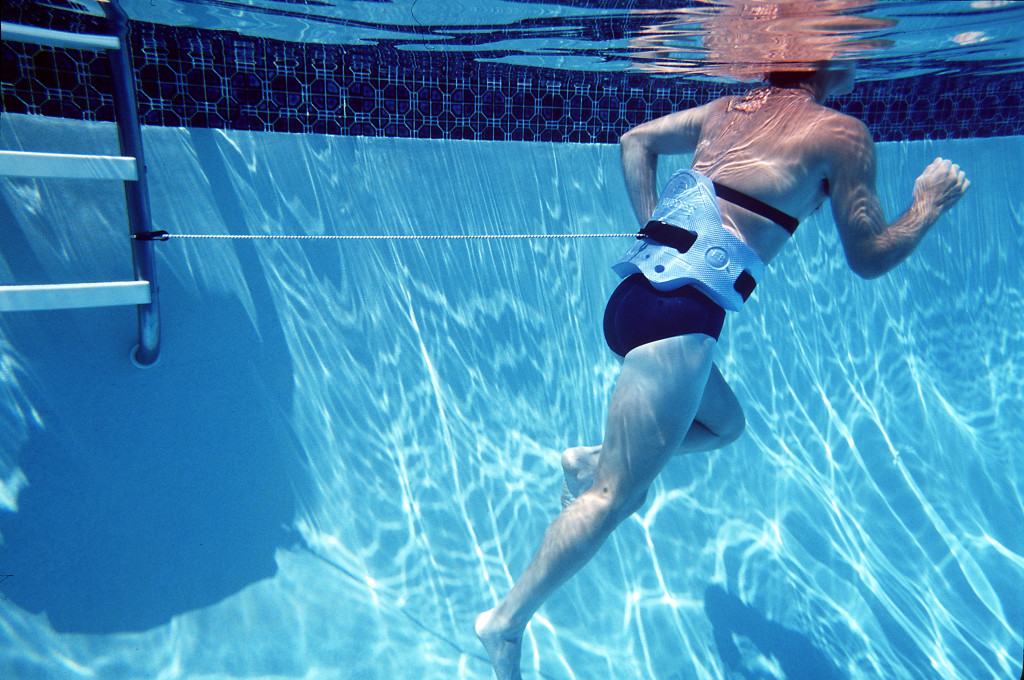What I tried this week: Understanding the injured runner

Twelve very long weeks ago, I was diagnosed with two stress fractures in my tibia. I recently read that the stages for the injured runner are denial, anger, bargaining, depression and acceptance, however, I still don’t think I have moved past the first stage. Runners are known for having high pain tolerances so it is always is hugely surprising to me that the small niggle during a race turns out to be a nasty blood blister or that slight pain during a training run turns out to be a full-fledged fracture.
I think one of the most important times for a runner is when they are injured. During healthy training, it’s easy to go on autopilot and forget that it’s a gift to run. The night that I found out that I had a stress fracture, I backed into another vehicle and later drove home without blinking and questioning what kind of runner doesn’t run?
The injured kind. I did my best to view this as an opportunity for an experiment.
The Experiment: Could an injured runner find fulfillment from other training besides running?
What I did:
- I run outdoors throughout the year but my fractures forced me indoors. I was mimicking interval workouts on the stationary bike and treadmill and doing long run equivalents in the pool. I tried to draw on the same endurance that I summon during a marathon to buckle down and push through the long weeks which are necessary for healing a stress fracture. I tried to manage my expectations by understanding that I would lose running fitness so I began to view my injury rehabilitation as a much needed season off.
- Being a goal-oriented athlete, I tried to measure progress in other areas. I am very new to swimming, so I began working on my form and tracking my 200m times, working on power and speed. I tried hard to keep a similar training schedule to the one I follow while training for races. I tried to keep consistency and provide a seamless return back to running.
- I started making a list of what had caused the injury and ways to prevent it in the upcoming season. I also made a list of goals I wanted to accomplish throughout the coming year to keep my morale up on days that it seemed I would never run again.
- I had my physiotherapist analyze my weak areas and I did strength training to ensure I returned from my injury as a stronger, faster runner.
The Result: I think the correct answer is to say that it’s completely possible to find activities which provide fulfillment to injured runners, but the real answer is I found myself using them as a means to an end. I was simply cross-training and strength training so I could run again. I even fell off the athletic therapy wagon and snuck in an adventure race behind my physiotherapist’s back with the thrill of an addict.
This week has been my first initial build back to running and, although it’s a run-walk combination, I felt a lift in my overall mood. I didn’t even realize this was weighing down on me.
The bottom line? Injuries are hard and continue to be a blessing and a curse. They can force over-trained athletes to rest and to reassess strength programs.



